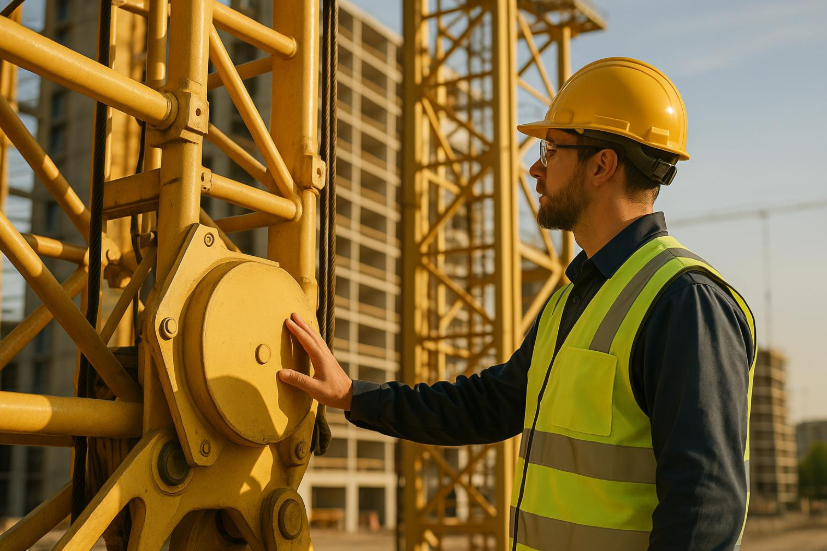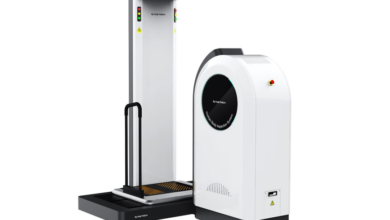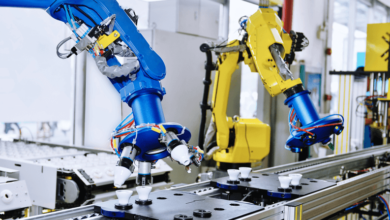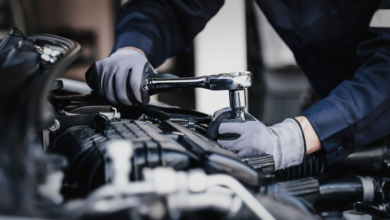
OSHA Crane Regulations and Daily Operations
OSHA crane regulations are essential guidelines that directly impact daily crane operations, ensuring safety and efficiency on construction sites. From operator certification to routine inspections, these regulations help prevent accidents and maintain compliance with legal standards. In this article, we’ll break down how OSHA crane regulations influence everyday crane activities and what operators and employers need to know to stay safe and productive.
Overview of OSHA Crane Regulations
OSHA crane regulations are rules that ensure cranes are used safely on construction sites and in industrial workplaces. They set minimum standards for equipment, operator qualifications, inspections, and how cranes are operated to prevent accidents or protect workers.
Relevant OSHA Standards
- 29 CFR 1926 Subpart CC – Cranes & Derricks in Construction
- Covers crane use on construction sites, including tower, mobile, crawler, and specialty cranes.
- Addresses operator qualification, inspections, rigging, signaling, and load handling.
- 29 CFR 1910 Subpart N – Cranes & Hoists (General Industry)
- Applies to cranes used in manufacturing, warehouses, and industrial facilities.
- Focuses on operational safety, inspections, and maintenance requirements.
Types of Cranes Covered
- Tower cranes
- Mobile and truck-mounted cranes
- Crawler cranes
- Overhead and gantry cranes
- Specialty cranes, such as floating or articulating boom cranes
Applicability
- Regulations apply to all worksites where cranes are used, ensuring safe lifting operations, hazard prevention, and compliance with OSHA rules.
- Provide guidance for employers, operators, and safety personnel to maintain a safe work environment.
OSHA crane regulations provide clear rules for safe crane operation. They focus on proper operator training, regular equipment inspections, correct load handling, and maintaining a safe worksite. Following these rules helps prevent accidents, protect workers, and ensure efficient crane operations.
Equipment Standards and Inspections
OSHA requires strict standards for crane equipment and regular inspections to ensure safe operation. Proper maintenance and thorough checks prevent mechanical failures and accidents.
- Follow Manufacturer Standards:
Operate cranes according to the manufacturer’s instructions, load charts, and approved attachments. Any modifications or repairs that affect capacity must be approved by the manufacturer or a qualified engineer. - Types of Inspections:
- Initial: Before first use, after repairs, or after modifications.
- Frequent (Daily/Shift): Check hooks, wire ropes, chains, brakes, controls, hydraulics, tires, outriggers, and stabilizers.
- Periodic (Monthly/Annual): Qualified inspectors check structural parts, electrical systems, mechanical components, and critical load-bearing parts
- Maintenance:
Follow the manufacturer’s maintenance schedule. Repair or replace worn or defective parts before using the crane. Maintain preventive maintenance to avoid equipment failure. - Documentation:
Keep records of inspections, maintenance, and repairs, including dates, inspector name, findings, and corrective actions. Records must be available for OSHA review.
Following equipment standards and performing regular inspections ensures cranes are safe, reliable, and OSHA-compliant. Documentation of inspections and maintenance provides accountability and helps prevent accidents.
See also: Top 10 Best Robotic Welding Cobots this 2025
Safe Operation Practices for Daily Activities
Safe daily crane operation is essential to protect workers, prevent accidents, and ensure compliance with OSHA regulations. Operators and employers must follow consistent procedures every day.
- Pre-Operation Checks:
Inspect the crane and rigging daily before each shift. Check brakes, ropes, hooks, controls, hydraulics, outriggers, and safety devices. Fix any defects before starting work.
- Load Handling:
Follow the manufacturer’s load charts. Verify the weight, stability, and proper rigging of each load. Use tag lines to control swinging or rotating loads.
- Rigging & Personnel:
Only qualified riggers should attach or detach loads. Ensure signal persons are trained and maintain clear communication using hand signals or radios.
- Controlled Crane Movement:
Move loads slowly and carefully. Avoid sudden boom movements, fast slewing, or trolley travel. Keep safe distance from structures, power lines, and equipment.
- Environmental Awareness:
Monitor wind, rain, visibility, and temperature. Stop operations if conditions exceed crane or OSHA limits.
- Emergency Preparedness:
Know emergency shutdown procedures. Have rescue and first-aid plans ready, and keep communication devices and safety equipment accessible.
Daily safety practices keep crane operations safe, prevent accidents, and ensure OSHA compliance.
Environmental and Site Safety Considerations
OSHA requires crane operators and employers to assess environmental and site-specific factors that can affect crane safety. Proper evaluation helps prevent accidents, equipment damage, and injuries on the job site.
- Weather Conditions:
Crane operations must be closely monitored for weather risks. High winds, rain, snow, ice, lightning, or extreme temperatures can affect crane performance and operator safety. Operations should be stopped or delayed whenever these conditions pose a risk. - Ground & Surface Stability:
Ensure the ground can safely support the crane and its load. On soft or uneven surfaces, use mats, cribbing, or engineered pads. Avoid weak soil and recently filled areas to prevent accidents. - Site Layout & Obstructions:
Check for overhead dangers like power lines, scaffolds, or buildings. Keep safe distances from energized power lines and ensure enough space for crane setup, swing, and load paths. - Visibility & Lighting:
Provide good lighting for all crane operations. Use cameras, mirrors, or spotters to manage blind spots. Stop work if visibility is too poor.
Paying attention to the site and weather conditions helps cranes work safely and smoothly. It keeps workers, equipment, and the area around the crane safe. Regularly checking for dangers and fixing problems is important to follow OSHA safety rules.
Compliance and Documentation in Daily Operations
Maintaining compliance and proper documentation is critical for safe daily crane operations and meeting OSHA requirements. Accurate records help track equipment condition, operator qualifications, and operational safety, and they demonstrate due diligence during inspections or audits.
- Operator Certification & Training:
Keep records showing that crane operators are certified, trained, evaluated, and up-to-date with refresher courses. These records should be easy to access for OSHA inspections. - Inspections & Maintenance:
Document daily pre-operation checks, defects, corrective actions, and maintenance. Maintain monthly and annual inspection logs with inspector details and repairs. - Incident & Near-Miss Reporting:
Document accidents and unsafe conditions. Report fatalities within 8 hours and serious injuries within 24 hours. - Equipment Manuals & Load Charts:
Keep manufacturer load charts and operating manuals accessible to ensure safe load handling. - Power Line & Clearance Records:
Maintain documentation of utility notifications, clearances, and protective measures when operating near power lines.
Consistent compliance and thorough documentation ensure that daily crane operations are safe, traceable, and OSHA-compliant. Proper recordkeeping supports accountability, enhances safety practices, and facilitates efficient audits and inspections.
Best Practices for Employers and Operators
To maintain safe, efficient, and OSHA-compliant crane operations, employers and operators should follow best practices that go beyond minimum regulatory requirements. These practices reduce accidents, enhance productivity, and foster a safety-focused culture on the job site.
- Establish a Safety Program:
Create written procedures that cover crane setup, operation, inspections, maintenance, pre-lift planning, risk assessments, and emergency actions. Review and update these procedures regularly to keep them current and effective.
- Training and Certification:
Ensure all crane personnel are trained, certified, and evaluated. Provide refresher training when equipment or procedures change, and keep records for OSHA compliance.
- Regular Inspections and Maintenance:
Perform daily, monthly, and annual checks on cranes equipment. Fix any problems right away and keep detailed records of all inspections, maintenance, and repairs.
- Monitor Site and Environmental Conditions:
Assess wind, weather, visibility, temperature, and ground stability. Stop operations when conditions exceed safe limits.
- Promote Clear Communication:
Use trained signal persons, standard hand signals, and radios. Stop work if communication is lost or unclear.
- Utilize Technology:
Implement sensors, cameras, alarms, or telematics to monitor crane performance and detect dangers.
This covers the essential best practices for both employers and operators to ensure safe crane operations.




